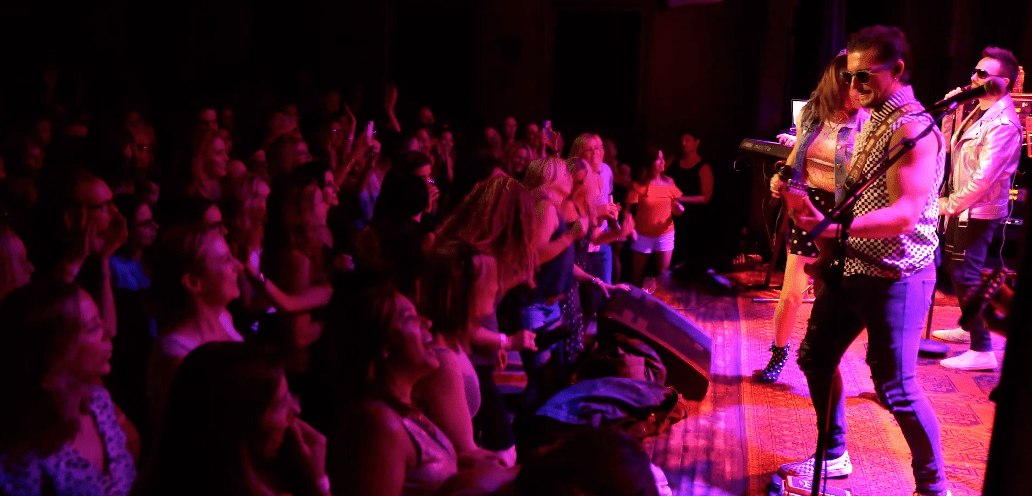If it finally happens, the move to yellow wouldn’t be that dramatic for most businesses in town. Gyms would be able to increase indoor capacity to 50%, outdoor live events with assigned seating would be allowed to increase to 63% of capacity and bars that do not serve food would be allowed to provide indoor service for the first time, up to 25% of their capacity.
The move to yellow would also be brief as, unless something catastrophic occurs, Gov. Gavin Newsom and leaders of the California Department of Public Health confirmed and added more details to the long-expected shift on June 15th to an abandonment of the statewide Blueprint for a Safer Economy framework – the color-coded tier system that has long dictated the COVID-19 reopening status of California’s 58 counties – in favor of a much less restrictive “Beyond the Blueprint.”
So where does that leave us? How do we safely move into a post-restrictive environment? Newsom said the prospect of moving to a post-tier landscape was driven by widespread vaccine distribution and would be made possible by vaccine supply remaining high and hospitalizations staying low. State officials said they were on target for the monumental shift, but hadn’t yet defined what exactly that meant.
The state provided some clarity and context on Friday, saying that all capacity limits on businesses – customers and clients queueing up at small retail shops and restaurants, limits in movie theaters, fitness facilities and places of worship – will go out the window. They also said the state plans to lift its mask mandate for fully vaccinated individuals at that time.
State officials did so with brevity, saying in a “Beyond the Blueprint” memo that “all sectors listed in the current Blueprint Activities and Business Tiers Chart may return to usual operations.”
“All limits on physical distancing, on capacity, restrictions around eating and drinking, open bars and buffets — will go away,” said Dee Myers, director of the Governor’s Office of Business and Economic Development, according to the SF Chronicle. “This will allow people holding conventions or weddings or selling out sporting events to advertise or market. Cultural events — all of those will be allowed, with certainty.”
The announcement proved an oddity for Marin County, whose move into the least restrictive yellow tier has remained on pause for several weeks, despite leading the state in vaccination rates and being among the highest vaccinated counties in the U.S. The complicating factor has been that because of the high vaccine distribution, there is much less COVID-19 testing happening, a metric that counts against the county. The reduced testing numbers give Marin a less generous adjusted case rate of 2.1, above the 2.0 we’d need to meet to move into yellow.
Despite its soaring performance on both vaccination rates and low number of coronavirus cases, Willis told the San Francisco Chronicle that Marin is still in an odd place going forward. “We’re leaning toward just following the state guidance. If any county is ready (for June 15), certainly it’s Marin County,” Willis said. “But I was surprised to see that there was so little by way of guidance from the state. It feels a little like going from A to Z.”
Most of the guidance in the state’s post-Blueprint memo focused on “mega events” that far exceed the total capacity of event spaces in Mill Valley and beyond. “Mega events,” as defined by the state, are settings with more than 5,000 people indoors and more than 10,000 people outdoors, with either assigned or unassigned seating. We’re talking a packed Golden State Warriors game inside or a San Francisco Giants game outside. The Los Angeles Dodgers have already announced that tickets for full-capacity games at Dodger Stadium for June 15 and through the remainder of the season would go on sale.
So how will the state prevent outbreaks in those environments? By requiring that all attendees of indoor mega events show proof that they have been fully vaccinated or have a negative Covid test before entry. That applies at conventions, business conferences, sports events, concerts and similar gatherings.For outdoor mega events, including music festivals, car shows, marathons, parades, and larger sports events and concerts, attendees are recommended but not required to show proof of vaccination or a negative test result. However, those who have not been vaccinated or tested can still enter the event as long as they wear a face covering.
Those who are fully vaccinated do not need to wear a mask unless they’re attending a crowded outdoor event, or at an indoor event, in which case masks are required regardless of vaccination status.
Newsom has not announced any plans to implement a statewide vaccine passport, and there won’t be a federal mandate requiring every American to obtain a vaccination credential, and there will be no centralized universal federal vaccinations database. So unlike New York, which set up a vaccination verification system, California will rely on residents to show their vaccination cards.
According to recent survey by the Institute of Governmental Studies at the University of California, Berkeley, a majority of more than 10,000 registered California voters supports allowing some businesses to verify that their customers are vaccinated or have tested negative for coronavirus before allowing them to enter. Two out of three said businesses like concert venues, sports stadiums, cruise ships and casinos should be allowed to check vaccination records of those who want to enter.
The survey also found 61% of voters support allowing employers to require their employees, in certain job categories, to get vaccinated for COVID-19.
Counties may also maintain some local restrictions. Stay tuned.

